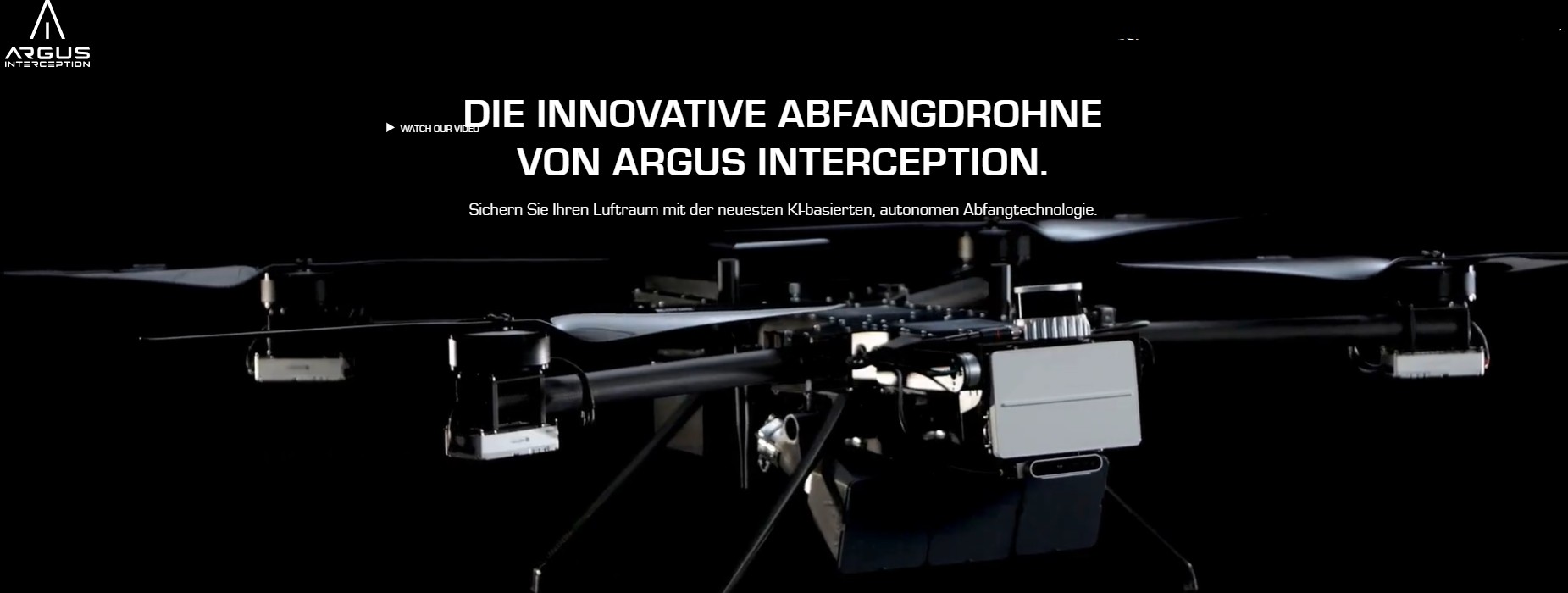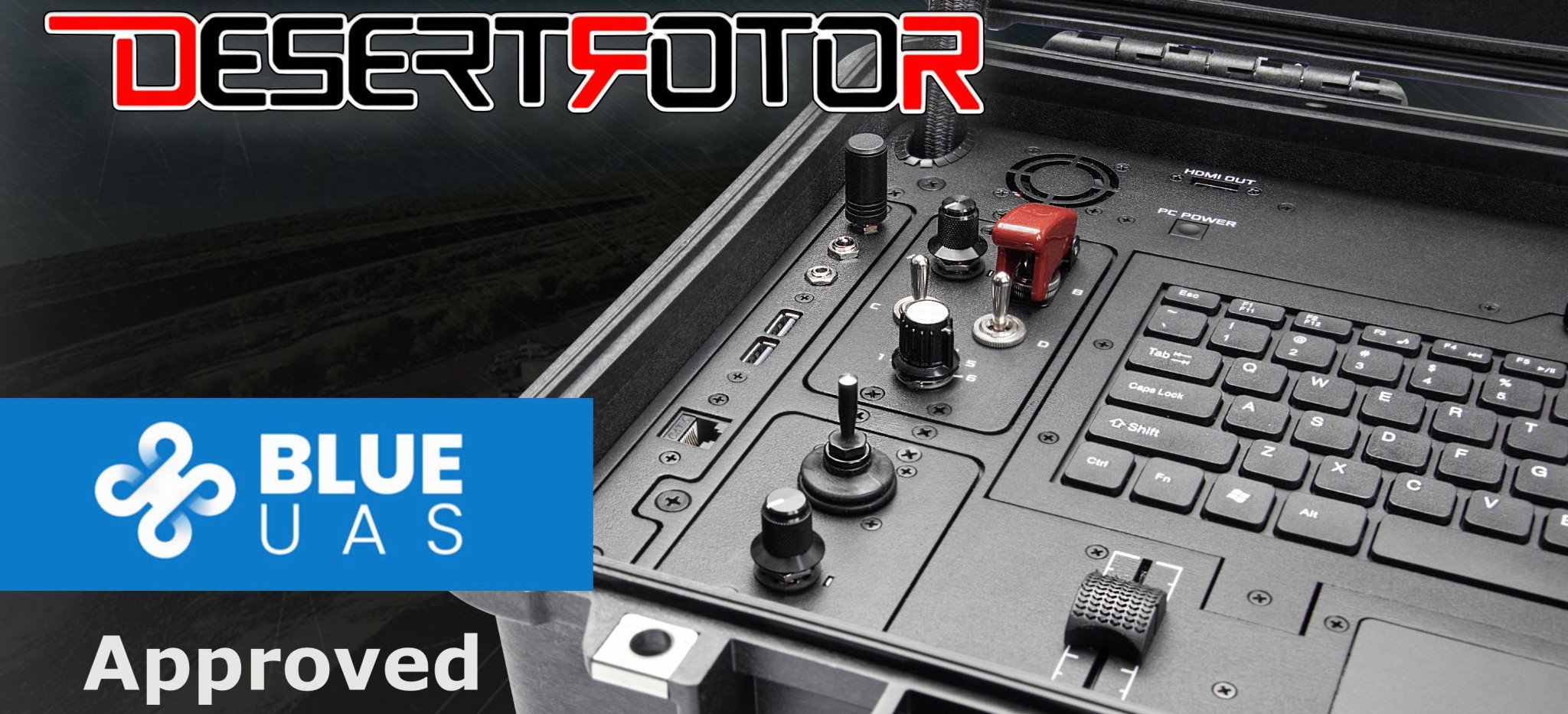SiFly Emerges with Helicopter-Like Industrial Drones Set to Disrupt the Market
.png)
In a bold debut, Silicon Valley startup SiFly hasstepped out of stealth mode to unveil two revolutionary drones—the Q12and Q250—at the 2025 XPONENTIAL conference. These all-electric aerialplatforms combine the hovering agility of helicopters with the long-rangeefficiency of fixed-wing aircraft, promising a significant leap forward in theindustrial drone sector.
A Hybrid Approach to Industrial Challenges
What sets SiFly apart is its hybrid VTOL (vertical takeoffand landing) architecture, a long-sought-after solution for industries thatrequire both precise maneuverability and extended range. According to CEO andaerospace engineer Dr. Leila Kamran, the company’s mission is simple: “Toovercome the limitations of conventional drones and deliver true aerialworkhorses.”
The Q12 and Q250 were designed specifically for industrialuse cases in sectors such as energy, agriculture, infrastructure, and emergencyresponse. These models bring a suite of game-changing capabilities:
- VTOL lift with fixed-wing cruise
- Fully electric propulsion for silent, emission-free operations
- Extended flight times (up to 2.5 hours for the Q250)
- Payload flexibility, including LiDAR, hyperspectral, and multispectral sensors
- Ruggedized design for all-weather operations
Introducing the Q12 and Q250
Q12 is optimized for tactical deployments such aspipeline inspection, search-and-rescue, and crop monitoring. Weighing just 12kg, it can be deployed by a single operator and supports modular sensors.
Q250 is the flagship model—a beast of a drone aimedat large-scale operations. With a wingspan of over 3 meters and a maximumpayload of 25 kg, it can cover hundreds of kilometers in a single mission,ideal for wide-area surveying and logistics.
Dr. Kamran emphasizes: “These drones are built forprofessionals who need more than a flying camera—they need mission resilience.”
Powering Industrial Data Collection
SiFly’s platforms are integrated with its proprietary SiOS(SiFly Operating System), which combines autonomous navigation with edge AIanalytics. This allows real-time decision-making directly on the drone,minimizing reliance on ground control stations.
Key features include:
- Obstacle avoidance and terrain-following
- AI-based object detection and classification
- On-device image stitching and data encryption
This makes SiFly drones particularly useful for time-sensitive and high-stakes applications, such as wildfire monitoring or precision agriculture.
Backed by Big Tech
Though SiFly remained quiet during its development phase, it quietly secured strategic partnerships with leading tech players in battery technology, AI chips, and aerospace systems. Investors include names like Andreessen Horowitz, Lockheed Martin Ventures, and NVIDIA Inception Program.
"We chose to stay in stealth because our tech wasevolving rapidly," said CTO Devraj Sinha. "Now, we’re confident ourplatform is market-ready—and ahead of its time."
Comparing the Competition
While hybrid VTOL drones are not new, few have achieved true commercial viability at scale. Competitors like Quantum Systems and Wingtra offer high-end survey drones, but SiFly’s edge lies in its balance of:
- Flight endurance
- AI-driven autonomy
- Environmental durability
- Integrated data ecosystem
SiFly’s drones are built with a focus on longevity and lifecycle efficiency, promising up to 5 years of sustained industrial use.
Real-World Applications
Industry experts see enormous potential for SiFly in:
- Energy sector: Remote inspection of power lines, wind farms, and offshore rigs
- Disaster response: Real-time aerial mapping in hazardous areas
- Agriculture: Precision monitoring of crop health and soil conditions
- Surveying: Rapid mapping of undeveloped or rugged terrain
Early pilot programs are already underway with utility companies in California and large-scale farms in the Midwest.
Market Momentum
SiFly enters the market at a time when enterprise drone budgets are increasing, especially for climate resilience, infrastructure monitoring, and food security. According to Drone Industry Insights, the VTOL segment is expected to see double-digit CAGR through 2030.
SiFly is offering the Q12 and Q250 through a subscription-based DaaS (Drone-as-a-Service) model. This includes:
- Hardware access
- Regular upgrades
- Maintenance
- Data analytics platform access
This model lowers the entry barrier for companies wanting cutting-edge aerial capabilities without the high capital costs.
Looking Ahead
SiFly’s roadmap includes expanding into internationalmarkets, launching a smaller consumer-grade hybrid drone by 2026, anddeveloping solar-augmented wings for longer endurance.
Dr. Kamran sums it up: “The sky is no longer the limit—it’sour laboratory.”
With scalable tech, smart software, and strategic backing,SiFly is positioned to become a major player in the drone ecosystem.



